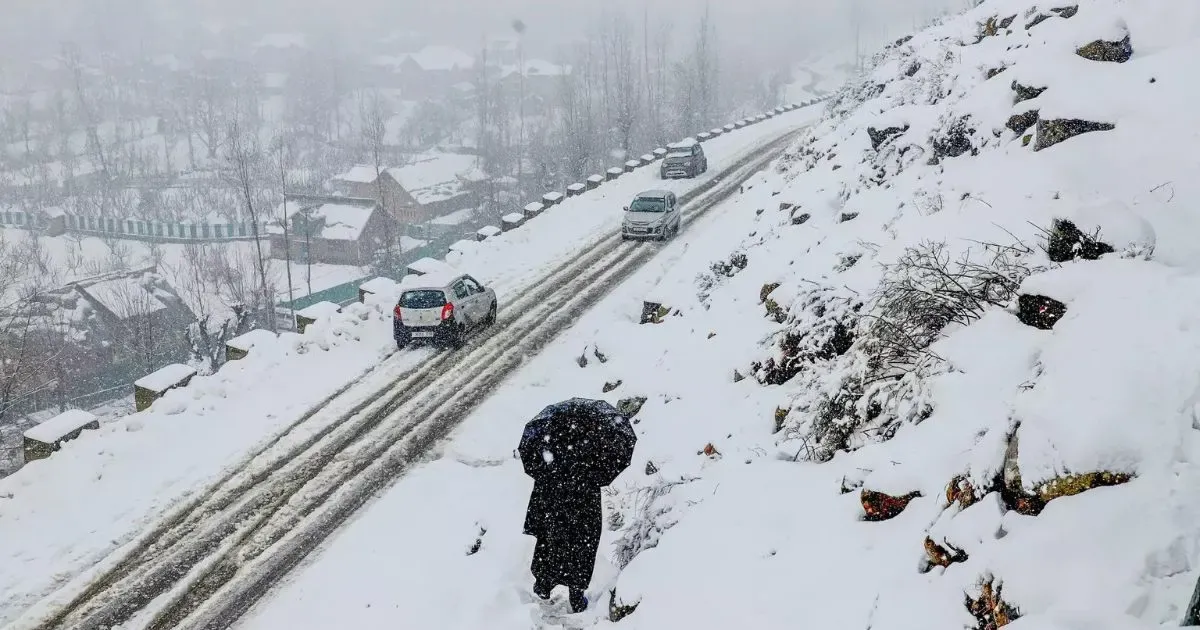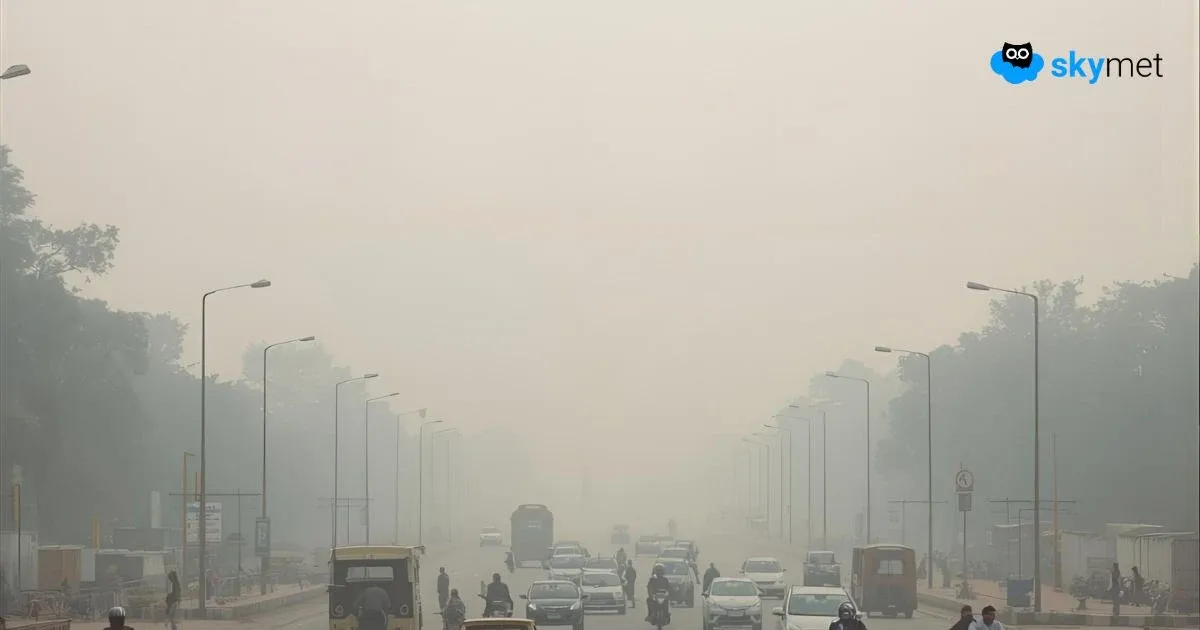Decrease in Wind Speed Over Northwest, East and Central India; Rise in Mercury Likely
Wind speeds have significantly increased over the Indo-Gangetic plains, as well as over parts of Madhya Pradesh, Rajasthan and Gujarat, since March 3rd. This surge in wind speed has caused substantial damage to crops, raising concerns among farmers and agricultural experts. The primary reason for this sudden increase in wind speed can be attributed to the passage of a Western disturbance and the formation of a high-pressure area over Northwest Pakistan. In contrast, a low-pressure area developed over the Northwest Bay of Bengal.
Winds typically flow from high-pressure to low-pressure areas. When the difference between the high and low-pressure zones is significant, the pressure gradient increases, leading to stronger winds. In this case, winds from the west and northwest reached speeds of 20 to 30 knots, with gusts up to 40 knots, causing widespread disruption.
However, the wind speed has now decreased significantly as a fresh Western disturbance approaches the Western Himalayan region. This has resulted in a reduction of pressure over Northwest Pakistan and adjacent areas. The change in wind direction and speed is expected to have a notable impact on temperatures across Northwest and Central India.
With the decrease in wind speed, both day and night temperatures are predicted to rise. Minimum temperatures, which had dropped to single digits (below 10°C) in parts of Haryana, Rajasthan and Punjab, are expected to increase by 3 to 5 degrees. Similarly, maximum temperatures will also see a rise, leading to warmer conditions across the region.
The approaching Western disturbance is likely to bring rain and snowfall to the Western Himalayan region until March 15th or 16th. Additionally, light to moderate rain is expected over the northern parts of Punjab and Haryana during the festival of Holi. Despite the rain, temperatures are expected to remain warm during the celebrations, marking a shift from the recent cooler weather.
In summary, the decrease in wind speed, coupled with the influence of successive Western disturbances, will lead to a rise in temperatures across Northwest, East, and Central India. While this may bring relief from the cold, it also raises concerns about the potential impact on agriculture and water resources in the region.


















